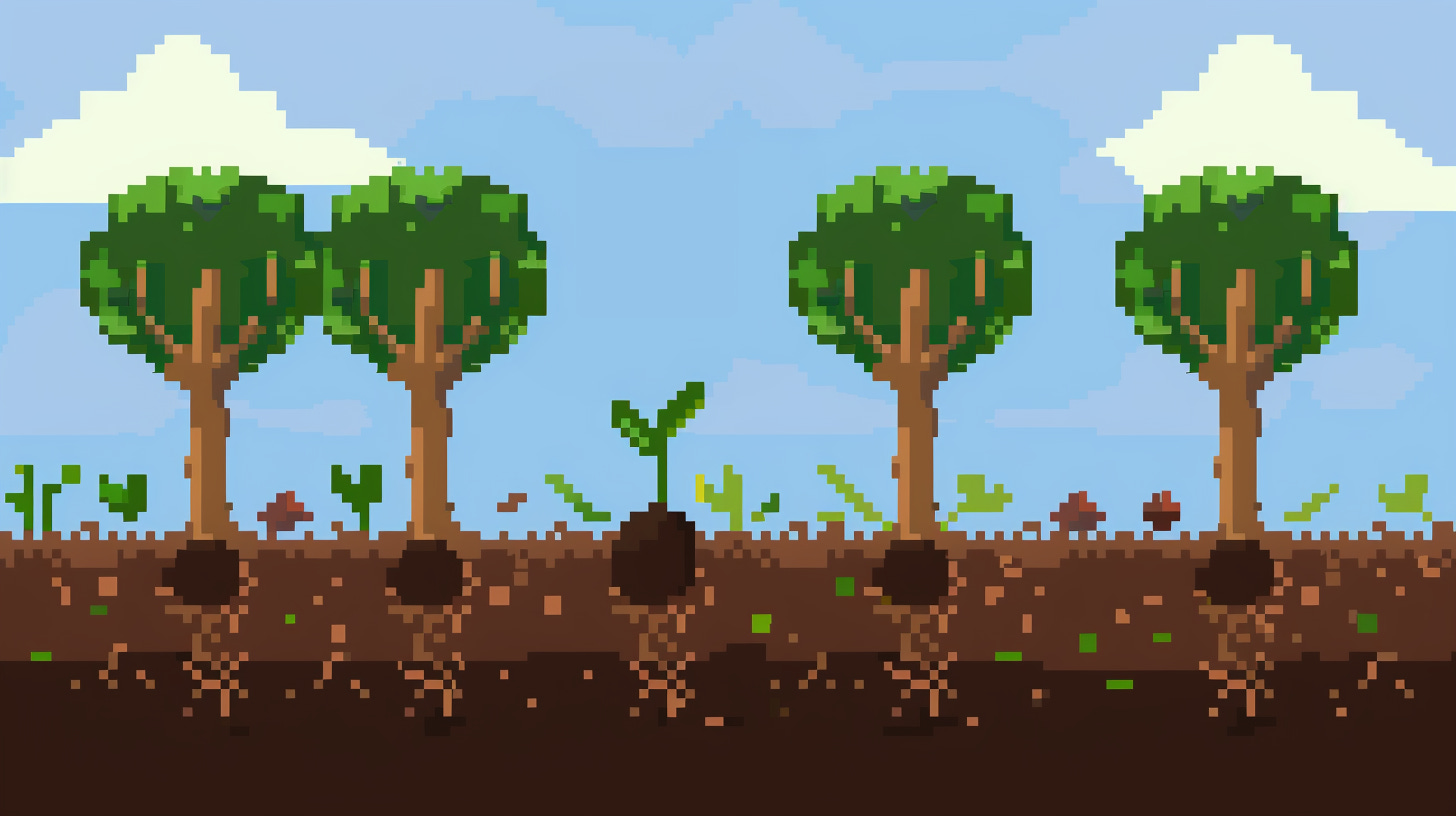Information Cultivation #1 — Principles
I powered through a PhD with a productivity “system” of random paper notebooks (sometimes just scraps of paper), poorly named .docx files, and constantly re-reading my old writing in order to find citations I needed.
This was bedlam. Like many people who finish a PhD, looking back, I have no idea how I actually managed to pull it off
Post-PhD, balancing writing, research, and language-learning with editing and educating roles, I pasted together a new system. Filtering out what did and didn’t work, I have crafted a small system I call information cultivation.
This is a post sharing the principles of informational cultivation — the practical steps of how I implement it will come in a later newsletter.
These are pragmatic, focused on inspiring concrete action — not grand philosophical statements about what information “is”. The point of information cultivation is to liquify productivity, turning it into a portable way of thinking which filters into how you use different tools, rather than a snazzy new replacement for your bullet journal or kanban board.
Principles
Information leads to more information.
Taking a note now leads to more notes later — this is good.
Taking an action now leads to more actions later — this is very good.
Information input > information output.
Not all input has to be written down, but you usually don’t know what shouldn’t be written until it’s too late.
The signal will reveal itself from the noise if the seed germinates.
Information happens in cycles.
Outputs happen best at particular times — within circadian, calendrical, seasonal, and other cycles.
Watch them, don’t fight them.
Information uses the default settings.
Information cultivation is the act of setting up your present self so that your future self is effective.
Changing your settings on the fly causes information ropeburn.



Super helpful, Tom! Look forward to reading more
I do not know how or why I subscribed, but I do know I'm glad I did, because this is wicked helpful, particularly to me now. Thank you for sharing.